Broadly defined, a catch light in photography is a reflection of a light source in the eye of a subject. In bird photography, that light source is often the sun and typically appears on the shiny, wet cornea of the bird as a single point reflection. However, as we will see, there are variations on that theme.
Catch lights are highly desirable, to the point that many avian photographers simply delete virtually all photos that don’t have them (a painful process, to be sure). Others resort to artificially cloning them into the eye when they don’t appear naturally – a practice that I find distasteful, even dishonest for a nature photographer (that said, I’m not adverse to running an extra round of sharpening or a Levels adjustment to enhance a subtle catch light that already exists).
Natural catch lights that are a direct reflection of the sun will appear in the upper half of the eye, usually from the 10 o’clock to the 2 o’clock position, depending on the angle and position of the sun behind the photographer. If the sun is behind the bird (back light) or too high in the sky, that kind of catch light will not be produced.
Without “light in the eye”, viewers perceive the eye to be lifeless, “dead” or even evil. For this reason, cinematographers often deliberately eliminate catch lights on “the bad guys” in movies and television. There is almost no difference between the two American Kestrel images above except for the slight head turn in the first shot that allows light from the sun to be reflected as a catch light. Virtually all viewers would much prefer the first image.
I’ll provide two more examples of the value of a catch light to the aesthetics of an image. In this shot there is no catch light because the sun is too far to the viewer’s right.
But with just a slight turn of the bird’s head the catch light is there. Here it is in the 1 o’clock position, indicating that the sun is over my (the photographer) right shoulder and that it’s about mid-morning with the sun fairly high in the sky. The lower the sun the closer to the vertical center of the eye the catch light will be. It will not normally appear in the bottom half of the eye of a perched bird because the sun disappears below the horizon.
One more example from some shots I took yesterday. Here the eye of the Prairie Falcon appears lifeless.
But with just a slight turn of the head the light appears in the eye and the bird simply seems more “alive”.
At times, conditions will produce two or more catch lights, especially when the subject is in or near water. It’s very common to have extra catch lights caused by the reflection of the sun off of the water’s surface. The catch light at the top of the eye of this Snowy Egret is a direct reflection of the sun while the smaller one below it is from the sun being reflected off of the water.
Here’s a female Cinnamon Teal with two catch lights – the larger one on top from the sun and the lower one reflected off the water surface. From the position of the larger one it can be surmised that the photo was taken with the sun low in the sky.
If the water surface has ripples, multiple catch lights can be produced. This submerging Pied-billed Grebe shows three – the top one directly from the sun and the bottom two from ripples in the water.
Some photographers will occasionally use artificial flash that will also produce a catch light. Well known bird photographer Bob Steele once photographed a Wood Duck with fill flash in sunlight that had seven catch lights!
Occasionally I’ll get an extra catch light that I can’t explain. This Prairie Falcon somehow got two that were nearly identical. The only water behind me was hidden from the bird by an elevated road and both lights are at the same level in the eye anyway so I can’t quite figure it out. There must have been something behind me or to either side that was very bright.
Not all light in the eye is a pinpoint catch light. If what is being reflected is large, as compared to the relatively “small” sun, the reflection can be large and usually less bright. A bright sky, with the sun hidden by thin clouds, can often produce this kind of reflection where most of the upper half of the eye has a diffuse “catch light”. And if there’s snow on the ground it can cover much of the bottom half of the eye also.
This American Kestrel has what I call a linear catch light. This image was taken on a day with high, thin clouds (the background is mountains, not sky). What we see in the eye is the reflection of the bright horizon behind me with the top of the eye being shaded by the kestrel’s “eyebrow” feathers.
At times, actual objects can be seen in the reflections. This Great Horned Owl is high in a barn and I’m photographing it from my bright red pickup that can be seen in the bird’s left eye. If you’re close enough to the bird when you take the photo it’s not unusual at all to be able to see yourself in the reflection. This phenomenon is sometimes used as a plot point in movies and television where computer magnification of a catch light in a photograph is used to obtain information about the surroundings of the person being photographed – often to aid in solving a crime.
Ok, now that I’ve beat to death the importance of catch lights in bird photography I must cover one significant exception – birds with brightly colored eyes. Many if not most birds have dark eyes which scream for light there but those with significant color in their eyes look fine to most folks without catch lights. Many owls and this male Northern Harrier would be examples of birds that don’t require catch lights for their eyes to show “life”.
Ron


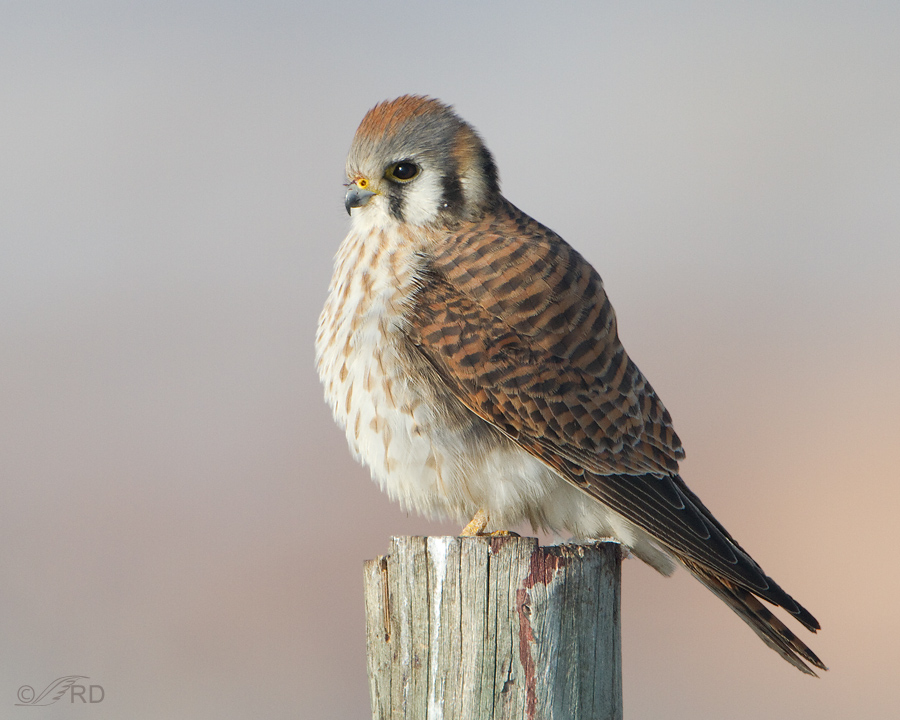
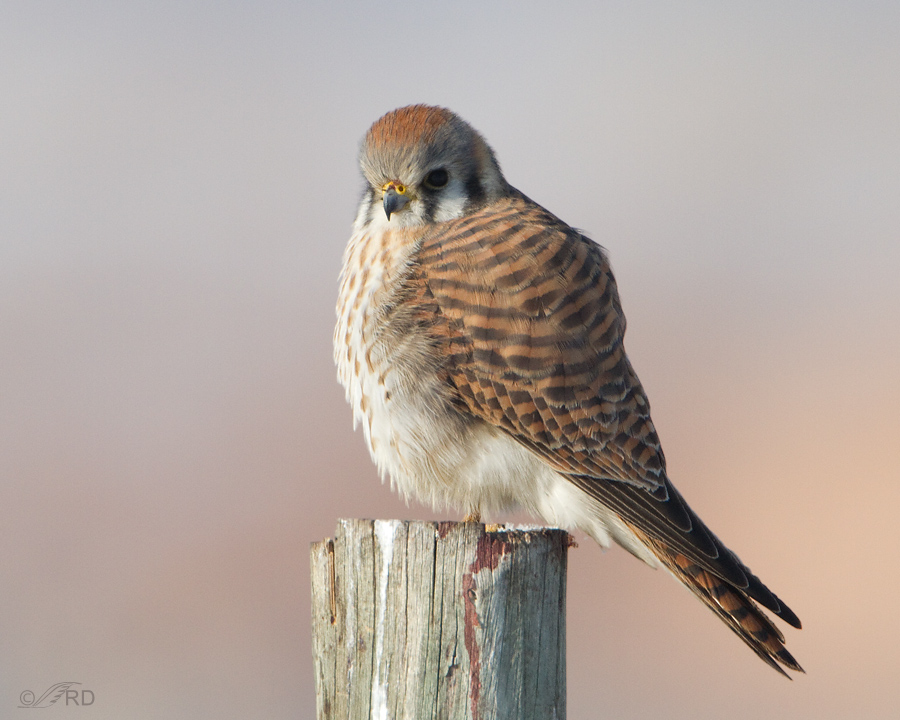
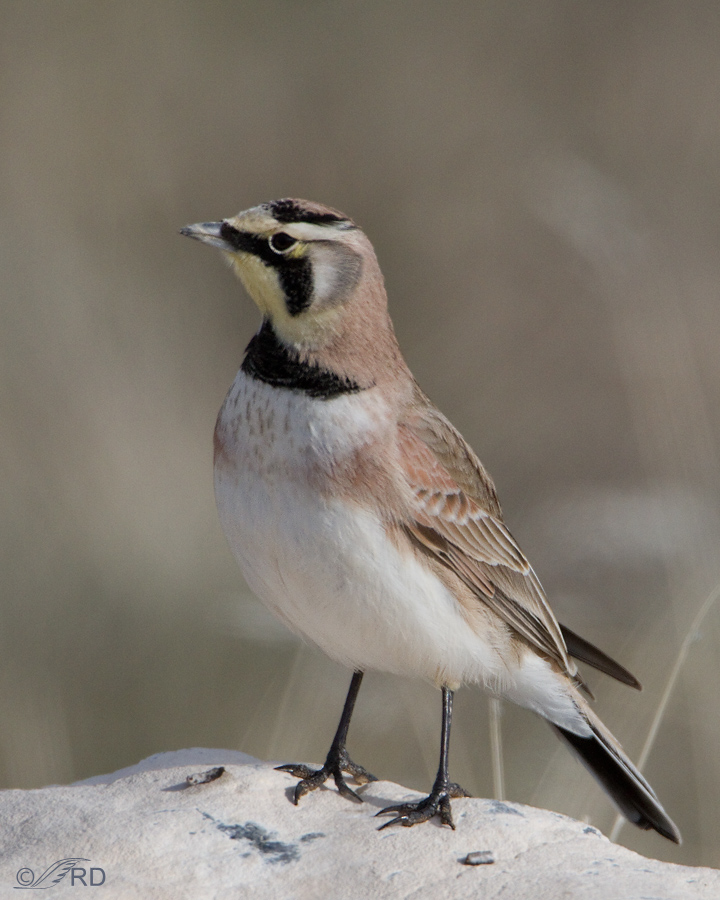
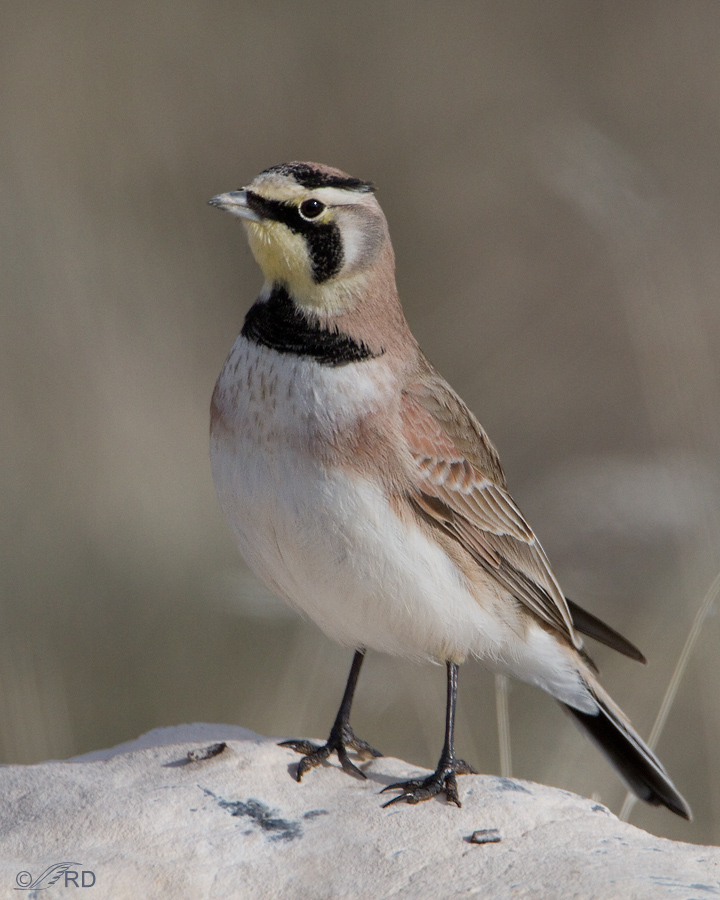
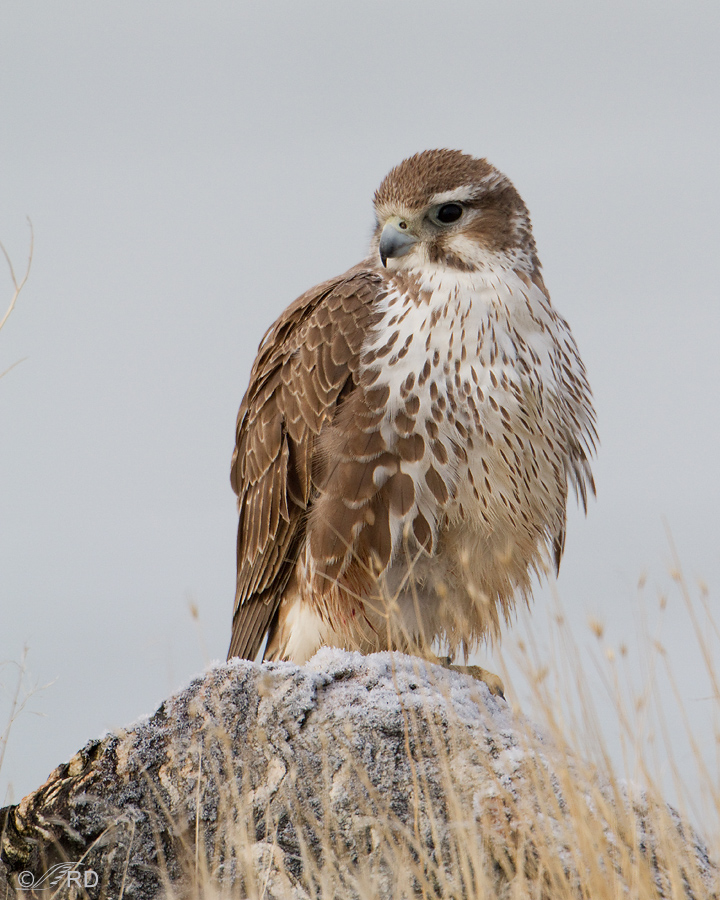
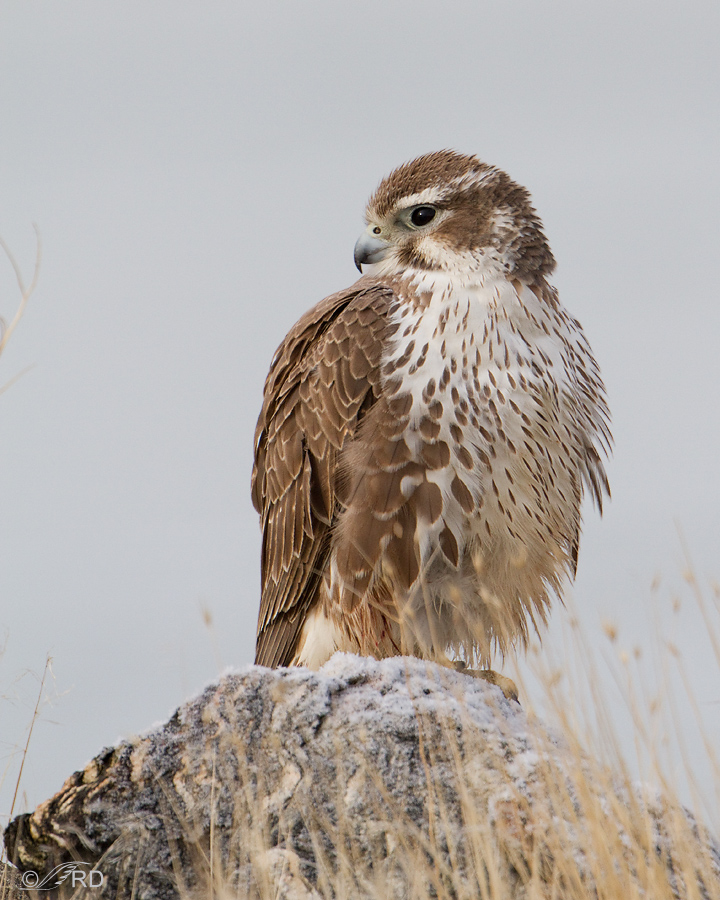
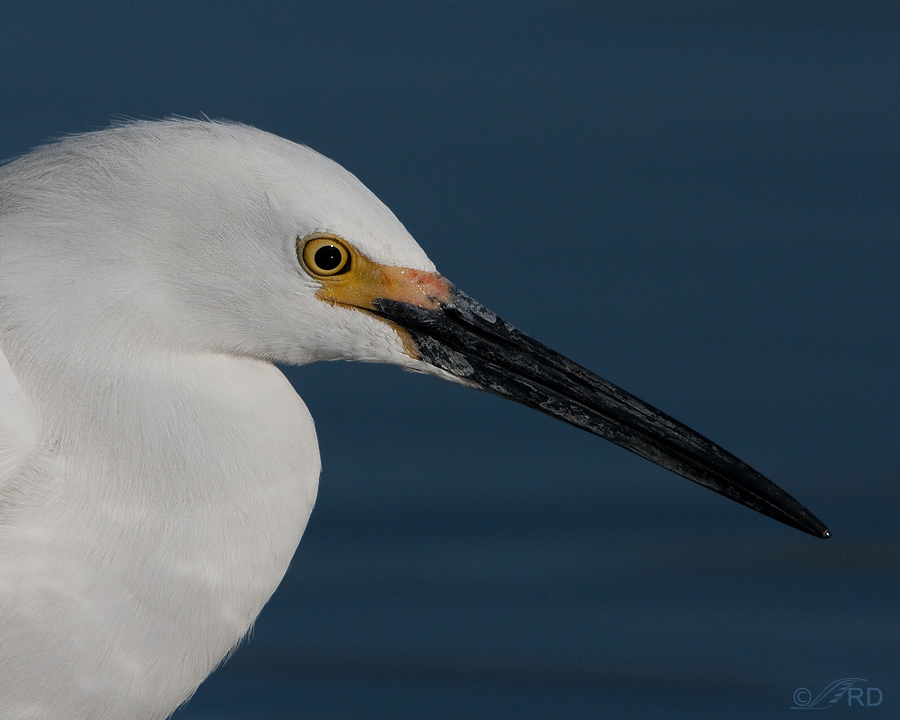
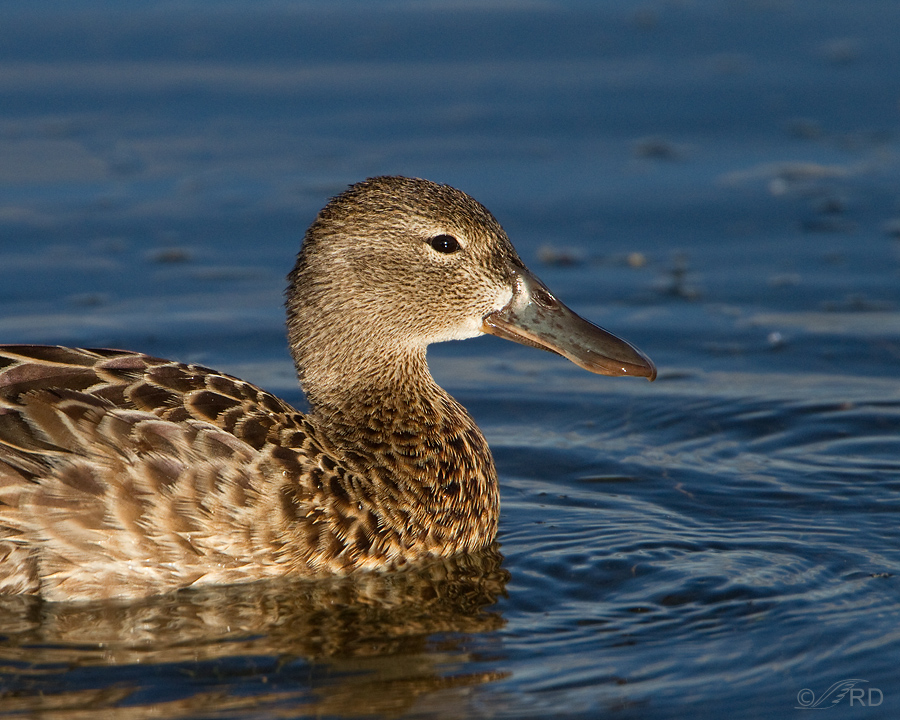
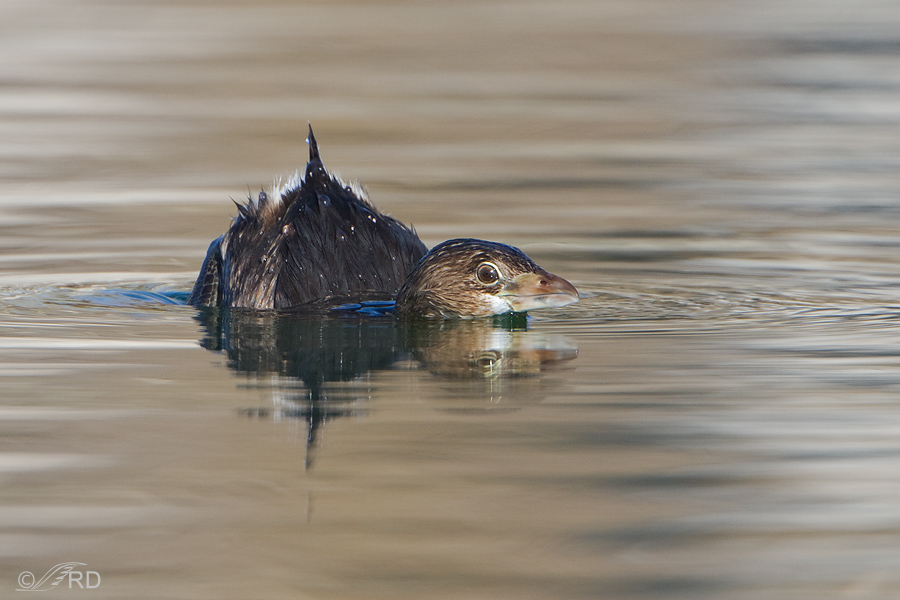
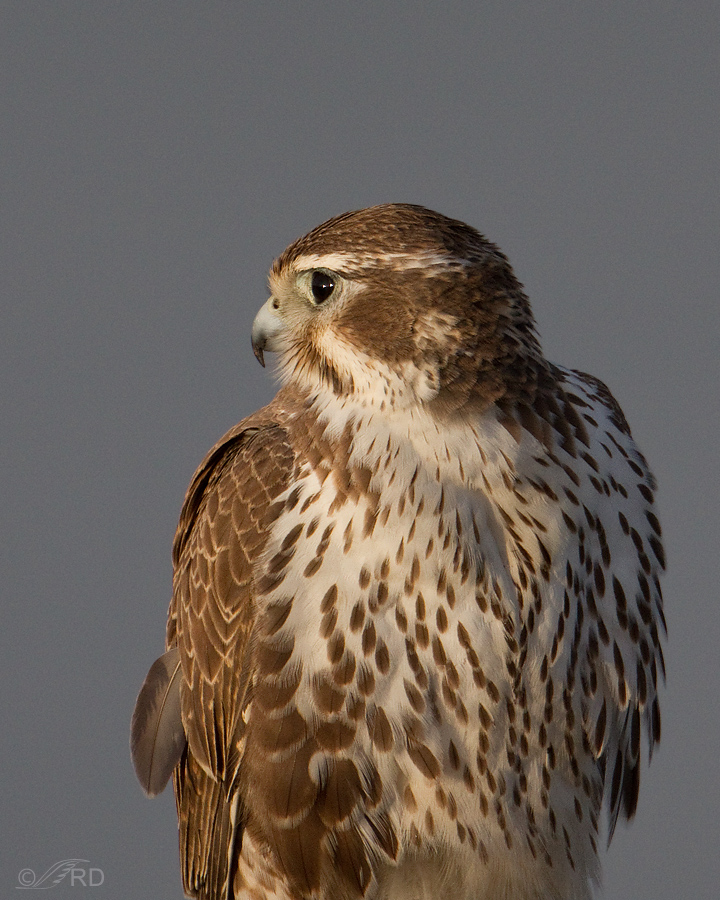
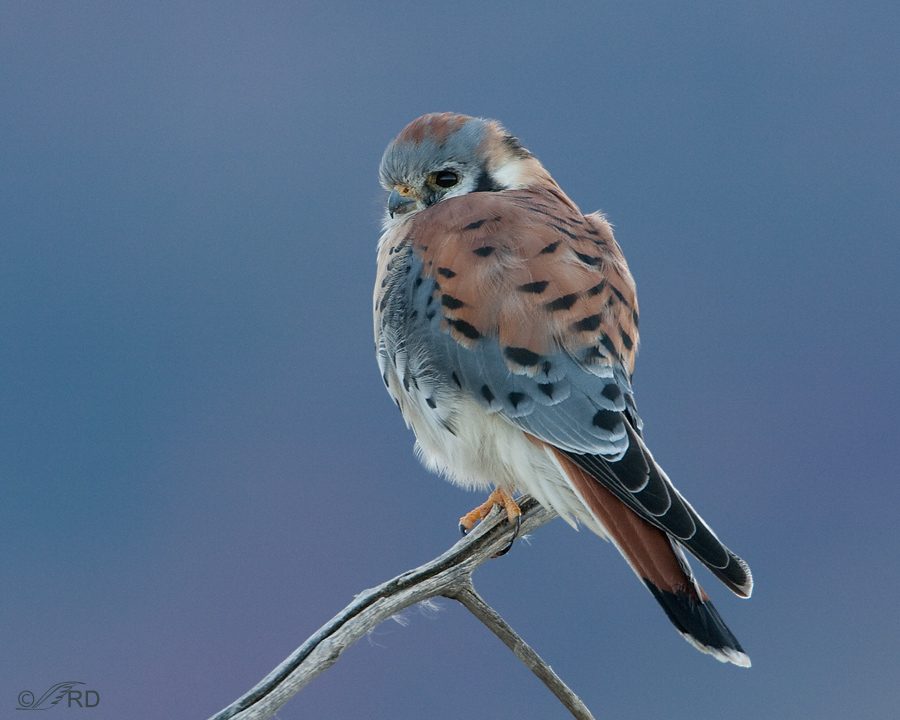

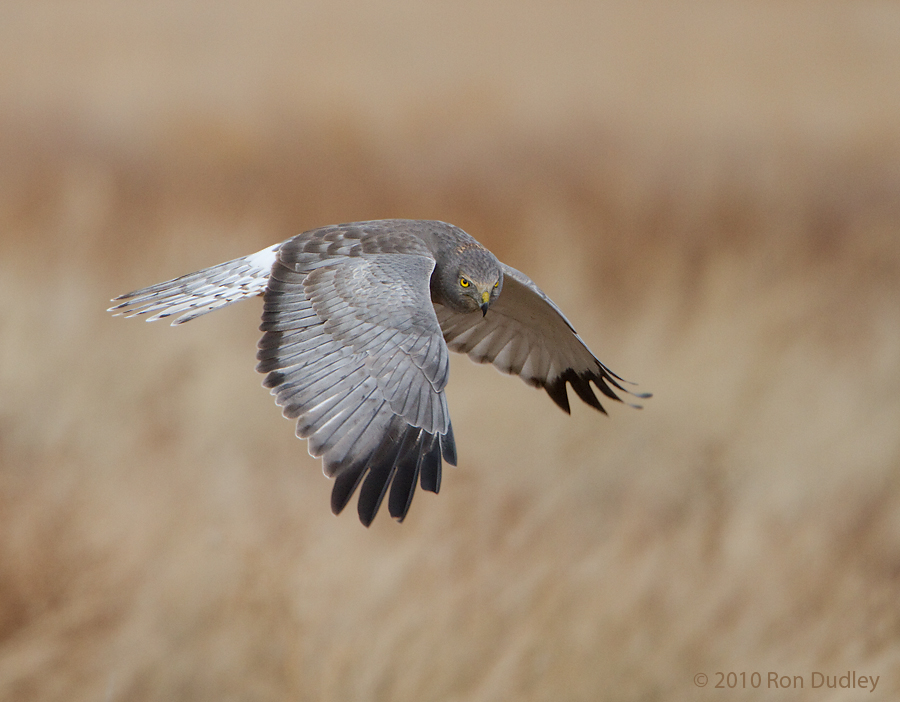
Great stuff here for me the beginner.
This is a great article. It is really nice to understand why catch lights are so important. I found myself wondering if the double catch light in the prairie falcon’s eye could have been a reflection from your truck – a window, perhaps?
It’s possible that that one of them was a glancing reflection from a bumper or something like that, Susan but since the sun was mostly behind me (I was shooting from my truck) most of the vehicle that was facing the falcon was in shade.
Your articles are so informative. Every time I read your post I get to know something more about Photography. The rules of Bird Photography can be applied to other fields of this art. Your patience to create a good photograph and your knowledge and the willingness to share that is a huge bonus for your readers. Thank you very much Ron!
Interesting, and very educational.
Thanks for this post Ron. I started paying attention to catch lights after your photography workshop last spring, but never thought about them in the depth you discussed here.
Wonderful post. I loved the discussion.
Thank you. Educative and beautiful as well. I must pay more attention to catch lights.
Great info Ron! I will definitely remember this from now on. Now I’m off to check some of my photos…
Excellent essay Ron. Thanks for the detailed explanation of catch light, really interesting stuff.
Ron,
Great blog post. Thank you for sharing.
Best,
Vincent